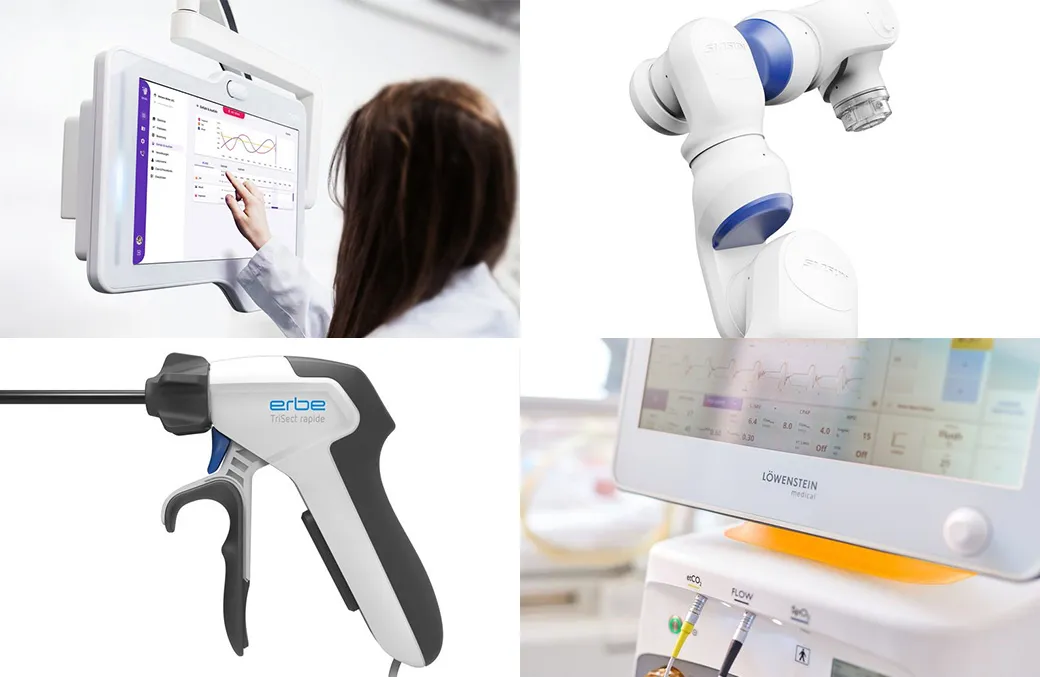Timeline
2017 | INTAKT - High-tech research project on interactive microimplants
January 2017 | Suppressing tinnitus, restoring gripping functions in the hand or treating functional disorders of the digestive tract - millions of people are seriously impaired following an accident or illness. Around ten million people in Germany suffer from the consequences of tinnitus alone.
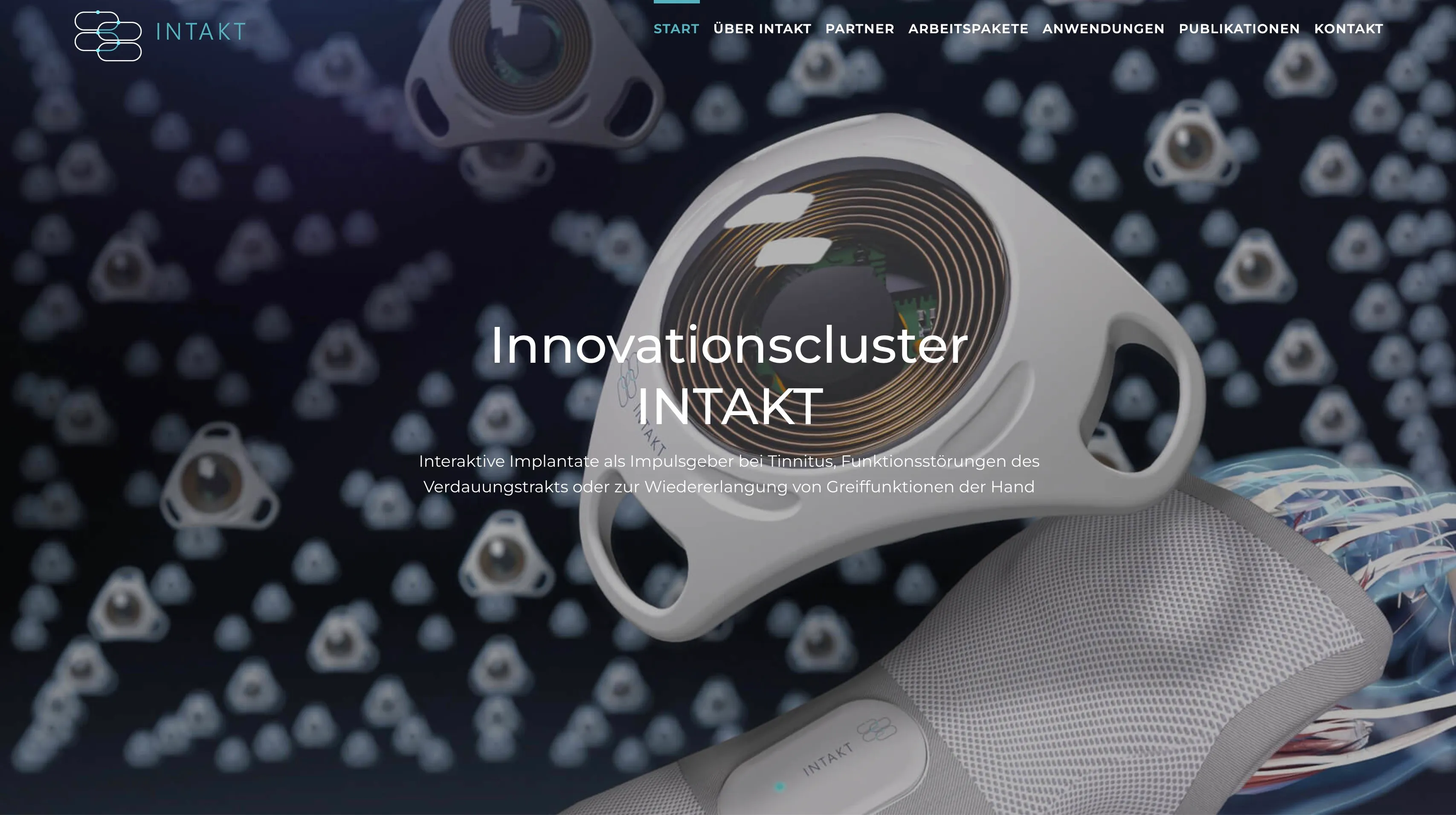
This research project is dedicated to helping these people with interactive microimplants: Between 2017 and 2022, 18 companies from business, science and clinical areas have joined forces under the name INTAKT - and WILDDESIGN is also on board.
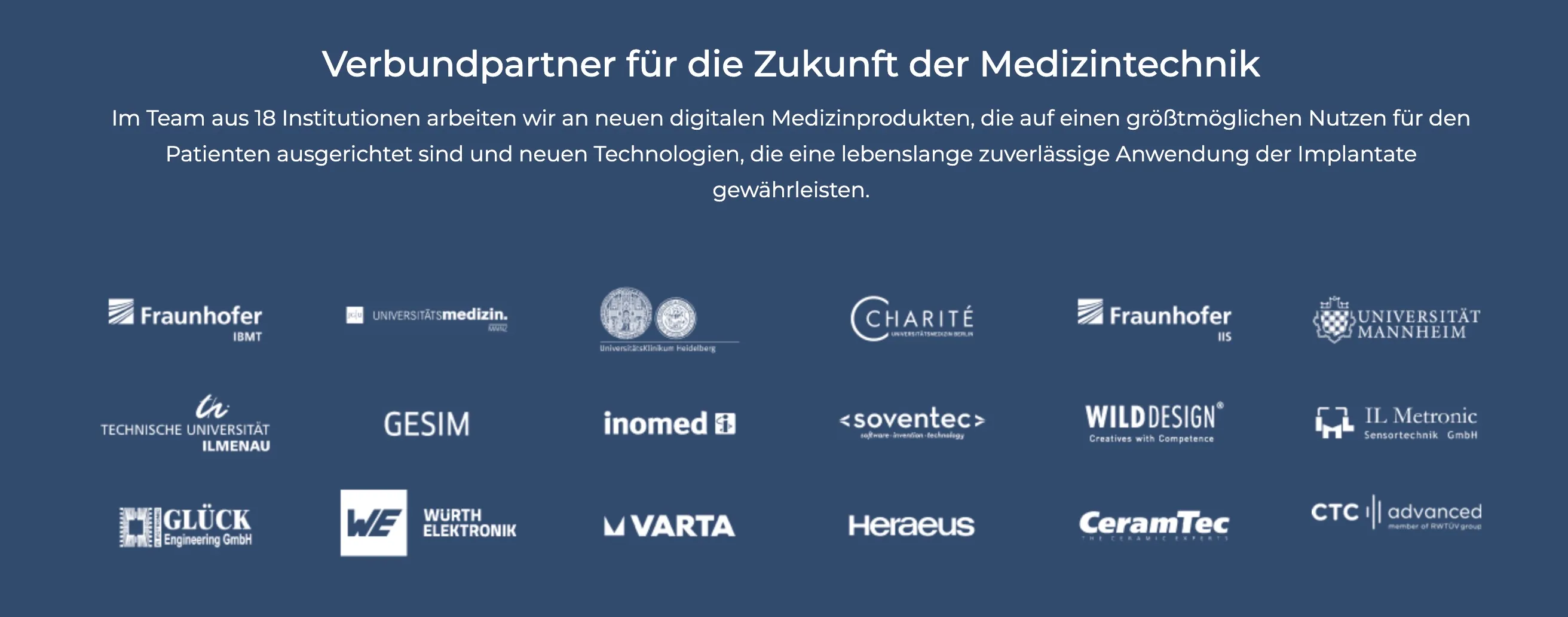
The aim of the INTAKT innovation cluster was the development, production, characterization and preclinical evaluation of a new generation of active, networked implants. In order to advance this technology accordingly, the research project under the leadership of the Fraunhofer Institute for Biomedical Engineering IBMT was set up for a total of five years. In future, a completely new form of human-technology interaction should allow doctors to access information via interfaces in a data-secure manner in order to optimally tailor further treatment to the patient, as the parameters and stimulation modes can be determined externally.
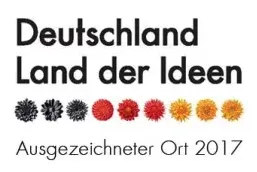
Good news for the many people affected, as the research companies hope that the interactive microimplants will be able to alleviate or even eliminate many ailments in the future. And there was also good news for the project participants - INTAKT was included in the list of "Landmarks 2017" of the Germany - Land of Ideas initiative initiative.
18 companies with one goal: creating benefits for people
As one of the members of the research cluster, WILDDESIGN is responsible, among other things, for designing the wearable central control unit with which the individual active implants communicate with each other via radio. The control unit is positioned on the patient's body depending on one of the three areas of application - tinnitus, gastrointestinal and gripping function. An energy cuff supplies the implants inductively with energy. The inductive energy carrier is adapted to the ergonomics of the head, particularly in the area of tinnitus. An eye-tracking system is designed to support the gripping function and corresponds to the functional and intuitive user interface - one of WILDDESIGN's central tasks. The GUI must be able to be operated by different devices depending on the user and requirements and is also implemented by WILDDESIGN. As the implants are supplied with energy wirelessly by induction, our designers are also involved in developing the energy carriers required for this.
The homepage designed by Wilddesign provides a detailed overview of the three different application areas and the associated work packages and project partners. Current research findings are presented under the heading "work in progress". Click here to go to the homepage.
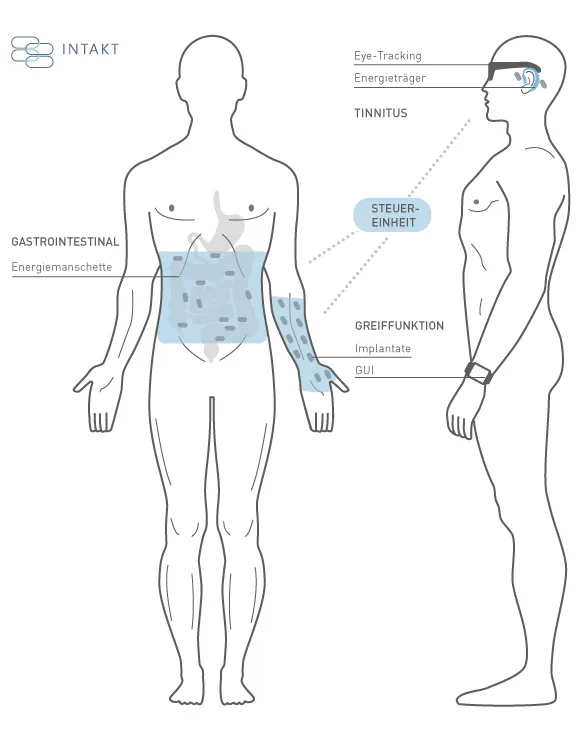
Unique: networked implants communicate with each other
The INTAKT project's approach of developing a communicating network of up to twelve microimplants in the coming years is unique to date. The advantage of this is that it is not only possible to be active at individual points, but also to take into account the functionality of larger connected tissue sections and organs in their entirety. The networked implants communicate with the patient or doctor via external interfaces as required. The implant network can therefore be adapted to the patient's current needs at any time.
Usability of implants important for success
Ensuring that the microimplants can be inserted as easily as possible during an operation is another task that the WILDDESIGN team is tackling in the research project. Various aspects need to be taken into account here - from the design of the implant to the tool used to insert the implant. For example, the implant should be designed in such a way that it can be easily held with tweezers and inserted into its final position. To prevent it from falling out, it may also be necessary to develop a container that protects the sensitive implants and is designed in such a way that they can be easily removed from it when they are surgically inserted into the patient. The usability of this technology is therefore a high priority in the design development process.
Mitigating the consequences of a stroke, brain tumor or paralysis
The flexible handling of the interactive microimplants enables a wide range of therapeutic applications: A stroke, brain tumor or paraplegia, for example, can lead to motor impairment. Functional electrical stimulation of nerves or muscles that are still intact but can no longer be controlled by the patient can be used to generate arm and hand movements and thus partially compensate for central motor deficits. The intelligently networked microimplants stimulate the affected area and thus make it possible to use the paralyzed arm or hand again.
The research team also expects the microimplants to be successful in pain therapy. Whether back pain, headaches, migraines or even phantom pain - there are virtually no restrictions on the area of application. Several electrical stimulators can be used for coordinated neuromodulation at different stimulation sites. Communication between the microimplants ensures synchronization and therefore optimum management for suppressing different types of chronic pain.
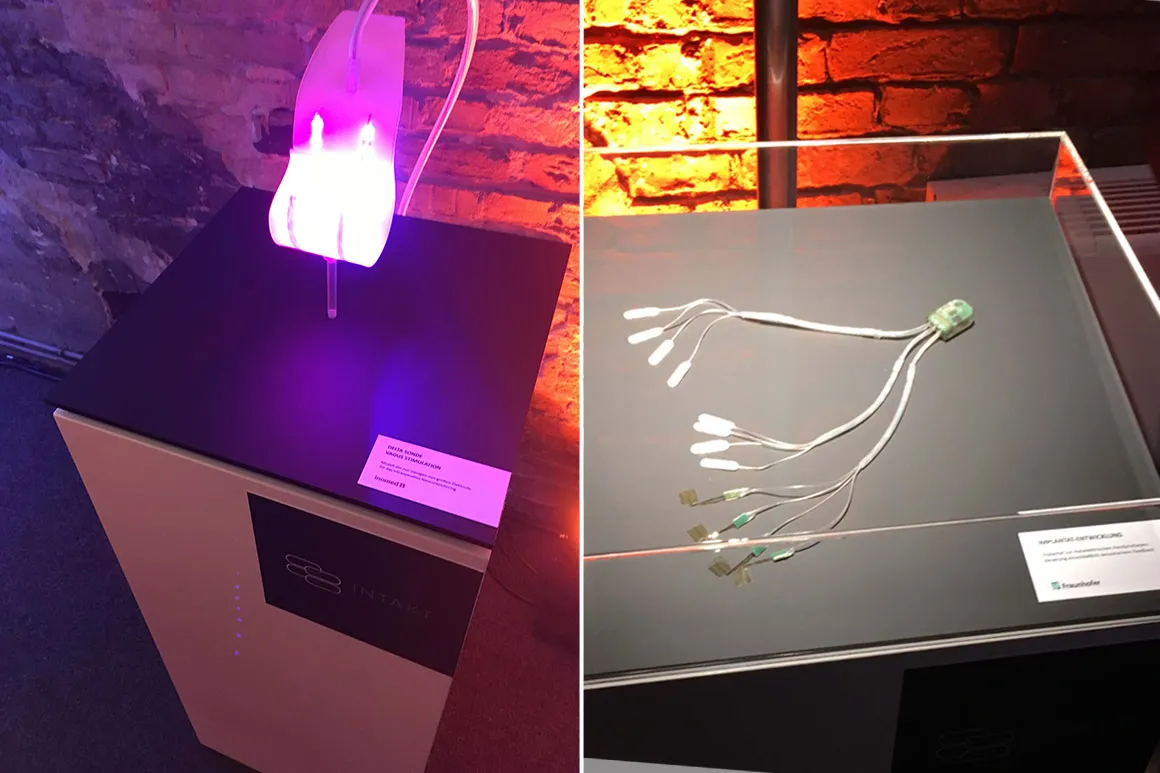
Opinion research institute forsa sees strong support for digital implants
The possibilities that this future type of therapy offers us all are therefore immense. However, the requirements that the interactive microimplants have to meet are just as immense. As the implants are intended to remain in the body for life, optimum biocompatibility, high operational safety and a stable energy supply are an absolute must. These and many other technical challenges are the focus of the research project, which has met with great approval from the public: According to a recent survey conducted by the opinion research institute forsa on behalf of the Federal Ministry of Education and Research (BMBF), 84 percent of German citizens consider research into digital medical devices to be important or very important. 90 percent could even imagine having a digital implant inserted in the event of a serious illness.
-> More information can be found on the INTAKT homepage
Frequently asked questions




